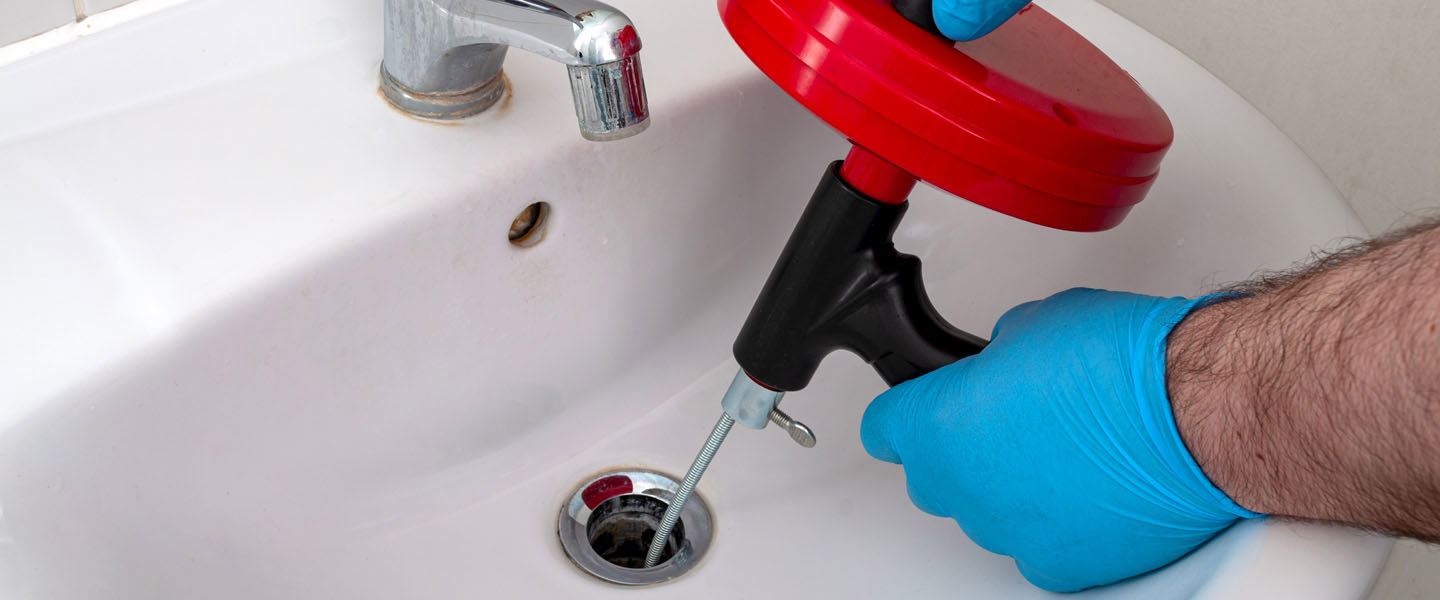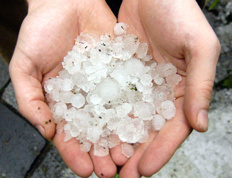Some risks are not automatically included in every basic home insurance policy, like water infiltration or sewer backups. Depending on your situation, check whether it might be prudent to add some extra coverage.
Water damage: maintaining is preventing!


While it’s hard to prevent water damage from extreme weather events, faulty sanitary fixtures and human error are another story; they make up 23% of claims paid by insurers—and can sometimes be avoided. Putting these best practices to use can save you from serious trouble.
Regularly check the condition of your water heater
On average, a water heater should be replaced every 10 to 15 years, and your insurer may even require it. Check with your insurance representative so you don’t find out too late that you are no longer covered.
To find out how old your water heater is, check its manufacturing plate. The first two digits in the serial number generally correspond to the year it was manufactured. Refer to the manufacturer’s website for more details if needed.
The older your water heater, the more important it is to be on the lookout for signs of wear and tear. Water condensation on the surface, leaks on the floor or rusty water coming out of the faucets may indicate that it is time to replace it.
Clear access to your water inlet valve
Do you know where your main water inlet valve is? It’s usually in your basement or crawl space on the wall facing the street. It could be a handle or knob similar to those on outdoor faucets.
Make sure you are able to quickly close this valve to cut off water supply and limit damage should a major break happen. This procedure can be complicated if you have to work your way through boxes and furniture to reach it. Make sure your main water inlet valve remains accessible and clutter-free.
Is your coverage sufficient?
Check your pipes’ condition annually
Once per year, inspect all visible pipes on your property: water tank, drains, sinks, bathrooms, dishwasher, washing machine, etc. Check that they have not been crushed by stored objects, that they are securely fastened and that they do not show signs of weakness or wear. Pay special attention to water at joints or welds as this would tell you that this section needs to be replaced.
Replace your galvanized steel pipes
Galvanized steel plumbing was popular in buildings built before and up to the 1950s, and it has a life expectancy of 40 to 50 years. If you do the math, that life expectancy was exceeded over a decade ago. Over time, galvanized steel rusts, slowing water flow and making the material more vulnerable to leaks and breaks.
While it can be major work, having the original pipes replaced with modern materials will give you greater peace of mind. You could also take advantage of planned renovations to check and gradually replace pipes reaching the end of their useful life.
Listen for unusual noises
Do you hear something like a bump or shudder when turning off the faucet? Too high a pressure in the pipes can cause these types of worrying noises and tell you that your pipes are damaged. Having a plumber install a pressure regulator—a small and simple device—could fix the problem without having to do any major work.
home insurance
prevention
tips
water damage



















